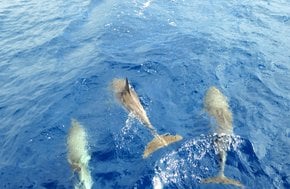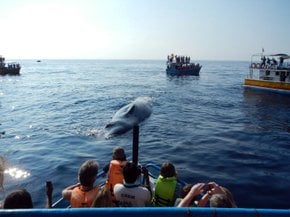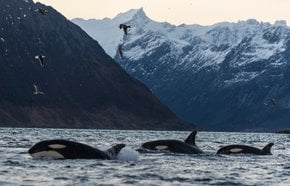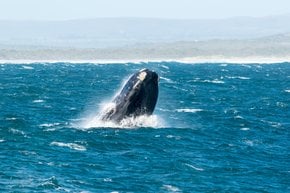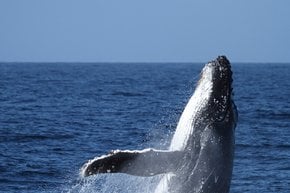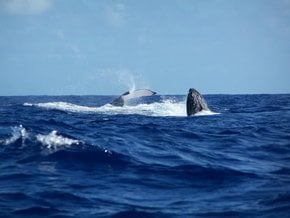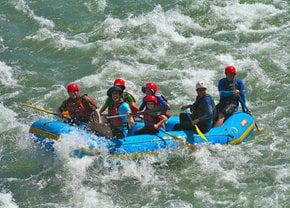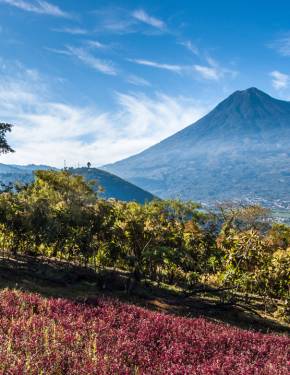Whale Watching in Costa Rica 2025
Coasta Rica is one of the greatest places to watch wales
Best time: December–April | August–November
Pacific humpback whales, who migrate annually passing Costa Rica, are the farthest-migrating animals on Earth. They cover distances of 3,106 miles (5,000 km) to 4,970 miles (8,000 km) twice a year. It is common to see humpback whales as they pass by Costa Rica for more than 6 months of the year. There are various of beautiful places to catch a glimpse of the whales and enjoy their company.
Best time to watch whales in Costa Rica
With the longest humpback whale watching season in the world, Costa Rica can show off sightings of whales from both the Northern and Southern hemispheres passing by. From December–April, you can see whales from Alaska, and from August–November, they come from Antarctica.
Places for whale watching in Costa Rica
The best spots to watch whales in Costa Rica are Marino Ballena National Park with the famous Whale Tail Beach, Drake Bay down the Osa Peninsula, and Golfo Dulce off the shores of Puerto Jimenez. You can also try visiting the Gulf of Nicoya and Manuel Antonio for a whale-watching experience.
Marino Ballena National Park in Uvita
Marino Ballena National Park spans 13,616 acres (5,510 hectares), with 272 acres (110 hectares) being home to monkeys, sloths, a variety of bird species, turtles, a famous keel-billed toucan, and much more diverse flora and fauna. However, humpback whales are one of the main reasons to visit Marino Ballena National Park in Uvita.
These majestic creatures make their entrances from both the northern and southern hemispheres between December and March and from August to October, gracing the park with their presence. Whale-watching tour prices in Uvita are around $90 per adult person and $50 per child (ages 4-10).
Golfo Dulce on the Osa Peninsula
The Osa Peninsula is a region where various whale species migrate to the Pacific Ocean to mate and give birth. The best time to see whales is from August to December, though early-arriving southern humpbacks start coming in late July.
Boat tours take visitors from Puerto Jimenez to the tropical fjord, Golfo Dulce, where attendees can see whales up close. Additionally, there is a chance to spot dolphins, sea turtles, and various species of birds during the tour. The 2.5-hour tour costs about $195 per cabin for up to two guests, and $35 for each additional guest in the same cabin.
Drake Bay on the Osa Peninsula
Drake Bay is another perfect place to view whales due to much fewer boats than in other popular areas such as Uvita. As a result, visitors have a chance to hear the humpback whales sing. Moreover, Drake Bay offers the best of both worlds: sea and land, as it is part of Corcovado National Park. Commonly, Whale watching tours in Drake Bay cost between $115–$160 per person.
Gulf of Papagayo at Playa Matapalo
The north-western gulf on Costa Rica’s Pacific coast, the Gulf of Papagayo, is one of the gorgeous areas for whale and dolphin watching, with sightings possible for six months out of the year. Whales can be observed even right off the beach, making the Gulf of Papagayo a great destination to choose. Green Season for whale watching in Playa Matapalo takes place between July and October when your chances of spotting whales are uppermost. Whale-watching tours in the Gulf of Papagayo can cost from $188 and up.









